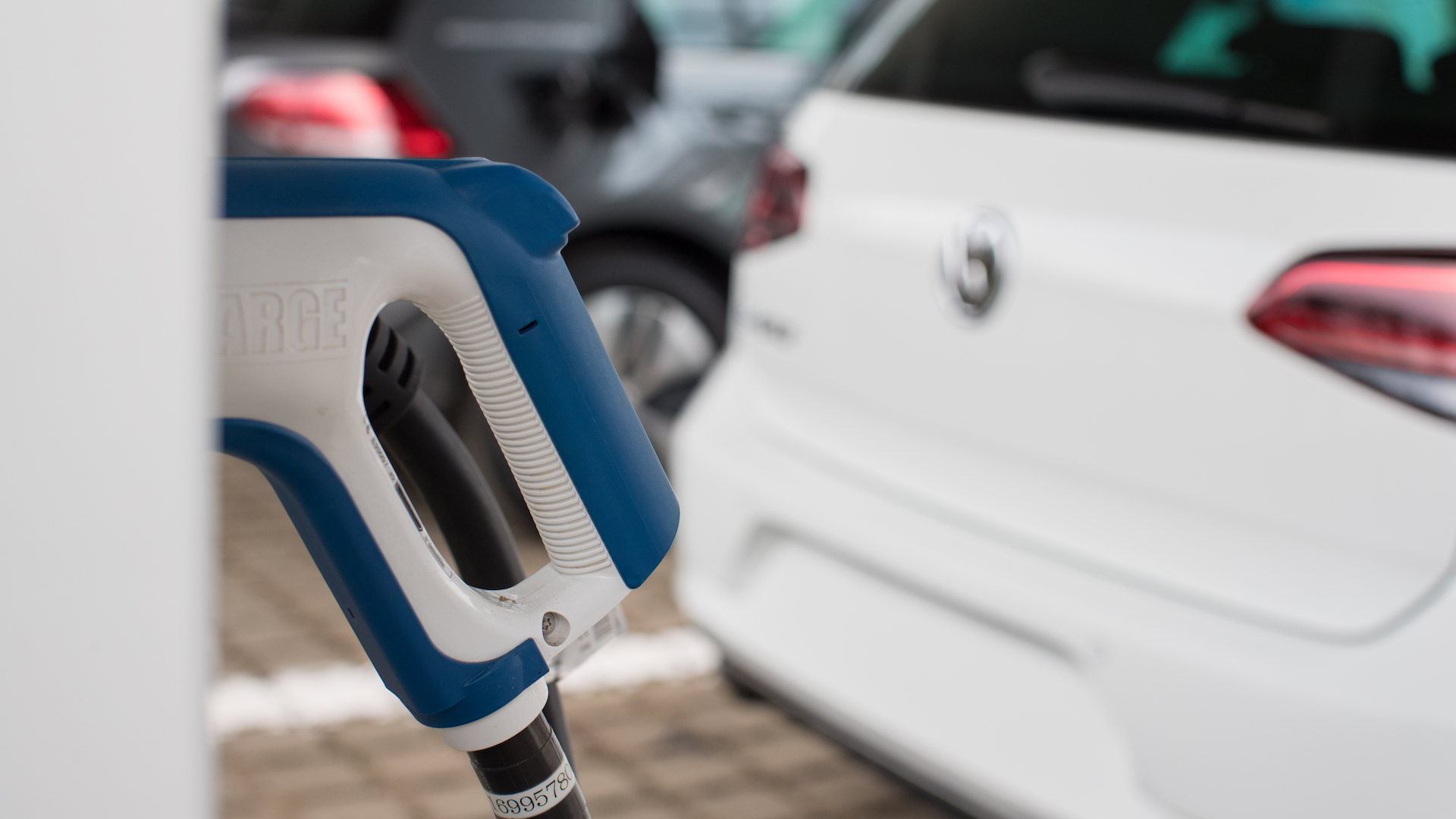

Volkswagen Group is getting ready to hit the EV market hard. Between the recent news of a new Microbus successor and the continual improvement of Audi-brand EVs, Volkswagen is positioning itself in a very good way. But after a slide deck was reportedly leaked by Autoblog Netherlands, it seems that two new models are headed to the States.
The blog, which is written in Dutch, reveals the planned markets for several releases of electric vehicles under the Volkswagen brand between 2019 and 2022. These two models, the I.D. Lounge and I.D. AEROe are set to be released in the United States and China sometime between 2020 and 2021, assuming things go according to plan. To put this in perspective with Volkswagen’s other releases, the timeline also shows the following vehicles and the possible target dates for their corresponding markets:
- Volkswagen I.D. – Released in the European market sometime around 2019
- Volkswagen I.D. Cross – Released in the European and Chinese markets sometime between 2019 and 2020
- Volkswagen I.D. Lounge – Released in the Chinese and United States markets sometime around 2020
- Volkswagen I.D. AEROe– Released in the Chinese and United States markets sometime between 2020 and 2021
- Volkswagen I.D. BUZZ – Release is still to be decided presumably between 2021 and 2022
Judging by the images, which are cars covered by sheets, the I.D. Lounge appears to be a full-size SUV, while the I.D. Aero seems to possibly fit a smaller hatchback profile, similar to the existing Audi A3 E-Tron. It is likely that these models will also be built in Volkswagen Group’s large electric assembly plant in Brussels, assuming it is up to the task of eight (five Volkswagen and three Audi) new EVs in the next five years.
Much like how Audi markets their electric vehicle under the E-Tron name, Volkswagen will take a similar approach by identifying its EV models with the prefix of “I.D.”. The I.D. line of vehicles will undoubtedly be built on Volkswagen’s modular MEB electric platform, or some variance of it, to allow for the complexity of model-to-model differences to be mitigated by ensuring cross-model applications of many parts, ensuring costs remain reasonable for the new entries to the electrified vehicle market.
With a new appreciation and dedication to EVs, many manufacturers seem to be adjusting their focus from fossil-fuel powered vehicles, including both traditional gasoline and diesel. In their place sits a plethora of untapped market space in futuristic, clean electric cars. The real struggle will be adopting the existing infrastructure to accommodate the increased demand of electric charging, something that some manufacturers have already begun to do.